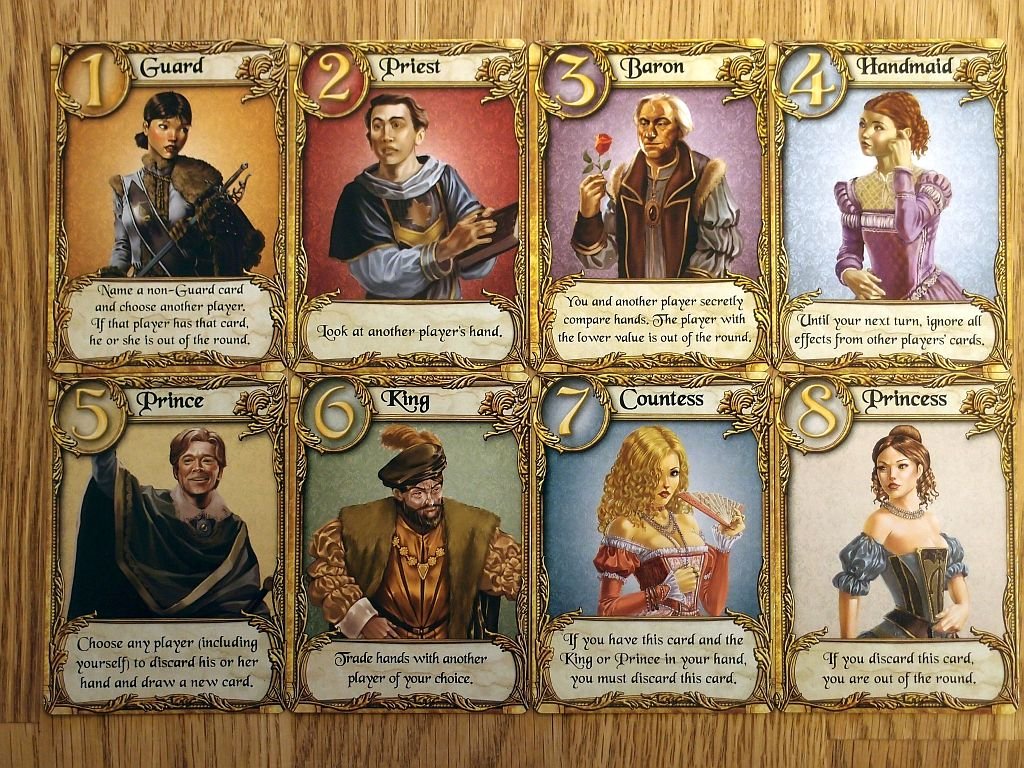I’ve owned the great, silly family boardgame King of Tokyo for over a year, but we always seemed to overlook it for other games I needed to review for Paste* or in favor of a longtime favorite of my daughter’s (like Splendor). We broke it out this weekend, however, and after a few more plays I can give it a fair review: It’s awesome, one of the best games we own that’s not just suitable for her to play (she’s nine), but which she can fully understand without making us feel like we’re playing something dumbed down for the kids.
* My latest review for them covers the app version of Camel Up; I have a review of the new edition of Mission: Red Planet coming up next week.
Designed by Magic: the Gathering creator Richard Garfield, King of Tokyo does have one major difference from most of the games I review here and for Paste: Players can be eliminated, and in fact one of the two victory conditions is to be the last player standing. That doesn’t always go over well with the young ‘un, especially since an eliminated player might have to sit around (or go watch Littlest Pet Shop) and wait for the game to finish. There’s also a way to win without elimination, just by becoming the first player to reach 20 victory points, which in our experience was the more common outcome.

If you’re in Tokyo and are sick and tired of those monsters attacking you, you can choose to cede Tokyo to any attacking monster right after you’ve been hit. But if you stick it out, you get two victory points for every one of your turns you begin in the city of Tokyo. Any player who moves into Tokyo gains one victory point for doing so, including the first player to occupy the city by rolling the first attack (paw) of the game. In games with five or six players, the second Tokyo space, for Tokyo Bay, also enters play, so two players can occupy the city at once, and their attacks on other players don’t affect each other.
The key to the game is the cards, unless someone has exceptionally good luck early with dice rolls. Cards can cost two to eight energy cubes, with three on the market at any given time, and offer all kinds of benefits – altering game rules, dealing quick damage to opponents, and so on. The right card or two can sway the balance of the game toward you … until someone else plays another card and sways it back. Some cards introduce additional elements to the game, such as “poison” tokens (the victim loses a health point per turn until s/he uses a heart die to remove it) or the Mimic card (which can copy any card any other player has in play, with a cost of one energy cube to change the target card at any time). It adds some complexity and strategy to the game so that it’s not quite so dice-dependent, but still has a random element from the huge deck of cards from which you’ll likely only see a handful during the game.
The game plays two to six, although we’ve found playing with two doesn’t work very well, with a recommended age range from eight years old up, which is in our experience quite fair, and would even be fine for gameplayers under eight if they can handle something like Ticket to Ride. A full game with the three of us lasts 20-25 minutes; I would guess a game of six players would take longer than the 30 minute time suggested on the box, but maybe with that many players you’re just beating the tar out of each other early and reducing the player count. It’s a must for any collection where the typical game group includes a mix of kids and grown-ups, and maybe even without the kids if the grown-ups like to drink and play.



